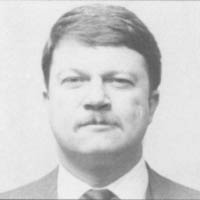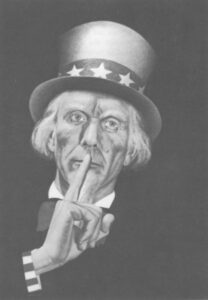David Morrissey
- 1988

Fellowship Title:
- Government secrecy During Recent Presidential Administrations
Fellowship Year:
- 1988

The Age Of Electronic Government
It began as a routine Freedom of Information Act request but ended in a tangle, a computerized Catch-22. In 1985, the non-profit organization, Public Citizen, requested that Occupational Safety and Health Administration (OSHA) provide an array of records detailing workplace hazards. The Washington-based public interest group routinely monitors compliance with workplace safety rules to see if OSHA is enforcing laws that protect employees. The regional OSHA office approached by Public Citizen told the group that searching paper documents to fulfill the request would be time-consuming and expensive, but that OSHA’s central office was increasingly computerized to overcome just this type of problem. “They told us that in order to produce what we wanted they would have to go through every file by company name, to look for certain violations, but their computer, (in Washington), recorded it by violations,” said Patti Goldman, a Public Citizen attorney. “They had the paper records but they said it was far too cumbersome to look through them.” The group’s next stop was the OSHA Office of Management Data Systems, which

Building America’s Stone Wall
On May 22, 1957, E.E. “Pete” Gardner was piloting his tiny Cessna aircraft into Kirtland Air Force Base on the high, dusty deserts of Albuquerque, New Mexico. Gardner noticed that about a mile away a massive B-36 Air Force bomber also was preparing to land. The largest aircraft ever built by the United States, the B-36 had a wingspan two-thirds the length of a football field. As Gardner watched the lumbering bomber, he saw what he assumed was a paratrooper fall from the B-36, which was then at about 1,700 feet elevation. What Gardner didn’t know and wouldn’t know for years, was that the B-36 accidentally had dropped a Mark-17 hydrogen bomb, with parachutes attached to slow its fall. Stretching 24 1/2 feet in length and five feet in diameter, the Mark-17 was an awe-inspiring weapon, weighing 42,000 pounds. The bomb’s explosive yield, officially still classified information, is known to have been at least 10 megatons, or about 625 times the explosive force of the bomb dropped on Hiroshima. Recalls Gardner: “I told my passenger
